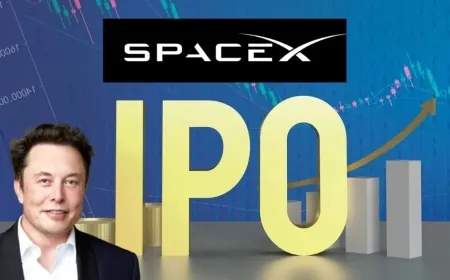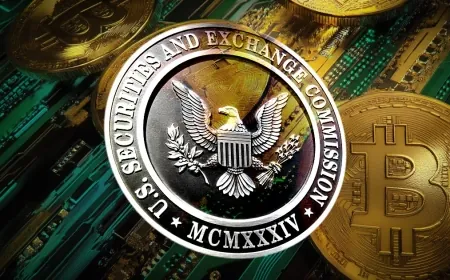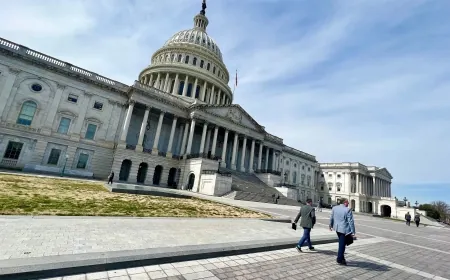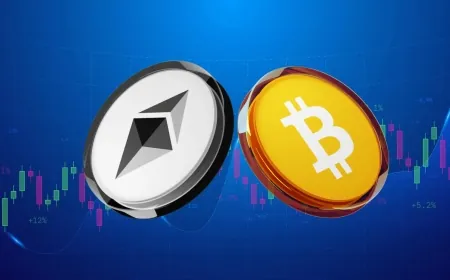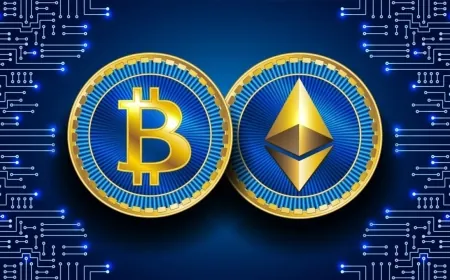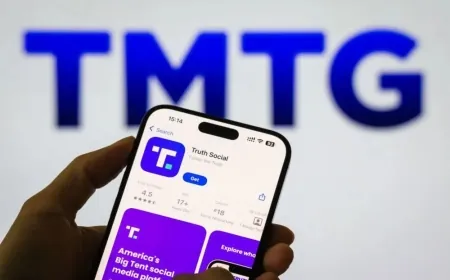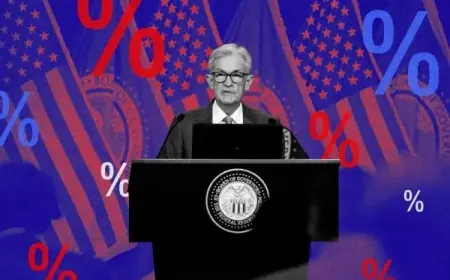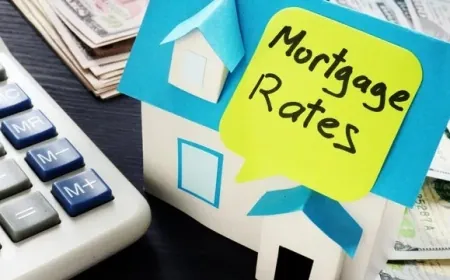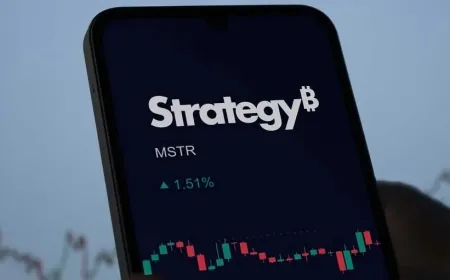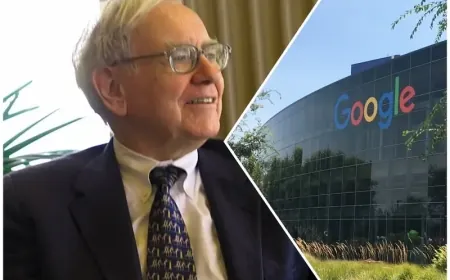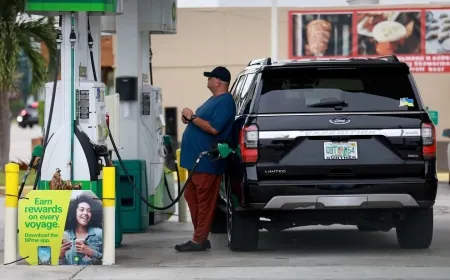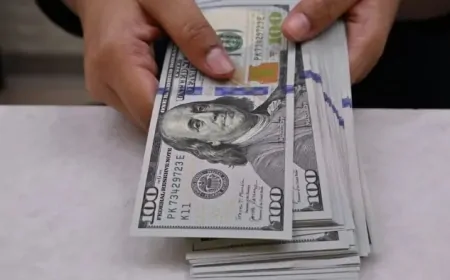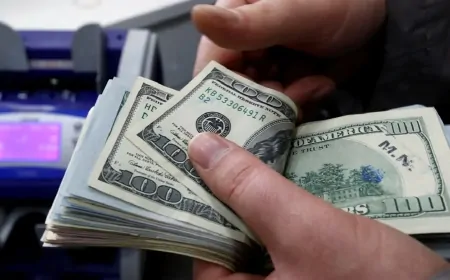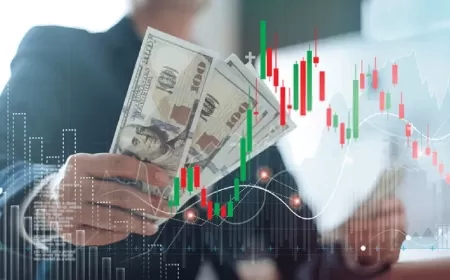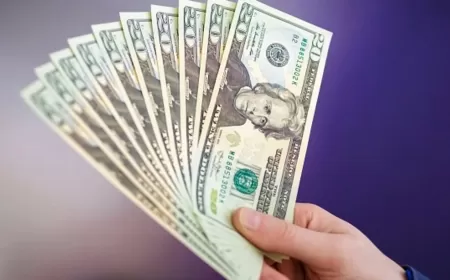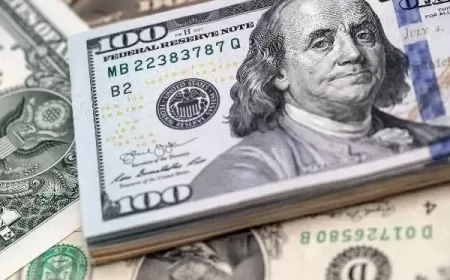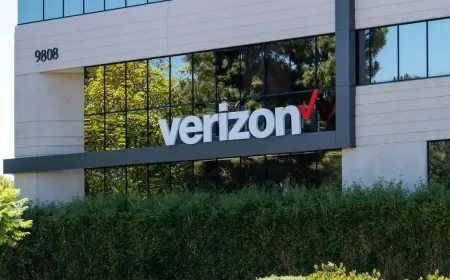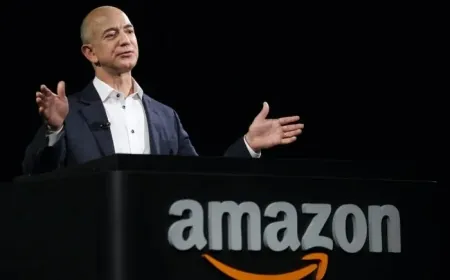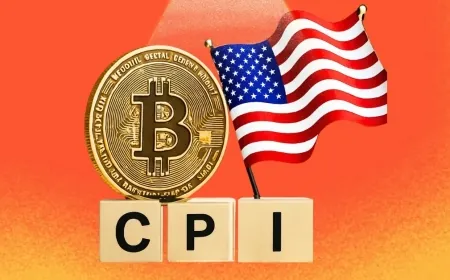U.S. Inflation Jumps: Eggs Up 27%, Tariffs Hit Prices
U.S. inflation hits 2.7% in June—food, gas, and tariff costs surge. Egg prices skyrocket 27% as households face new price hikes at the checkout.

The cost of living rose faster last month than it did this spring. The Consumer Price Index (CPI) increased 2.7% over the past year, according to data released Tuesday by the Bureau of Labor Statistics. That marks the largest annual gain since February.
The month-to-month rise in prices was 0.3%, matching economists' forecasts and representing the steepest single-month increase since January.
Grocery Bills Continue to Climb
Food prices are still rising faster than overall inflation. Grocery costs rose 3% from June 2024 to June 2025, driven by specific staples:
| Item | 12-Month Price Change |
|---|---|
| Eggs | +27.3% |
| Roasted Coffee | +12.7% |
| Ground Beef | +10.3% |
Supply constraints in agriculture, transportation bottlenecks, and production costs have kept grocery inflation stubborn. Egg prices, in particular, remain elevated due to continued supply problems in U.S. poultry farms.
Energy Prices Reverse Decline
Energy prices rose 0.9% in June after falling in May. The month-over-month increase came from higher gasoline prices, along with modest gains in electricity and natural gas costs. The shift reverses three months of steady declines in household energy bills.
Tariffs Begin to Hit Retail Goods
Price increases are beginning to show up in categories linked to new tariffs. Clothing, furniture, home appliances, and recreational goods all posted higher prices in June. The White House announced additional tariffs on over 20 countries earlier this year, with more set to take effect on August 1.
Economists estimate that about one-third of June’s inflation increase is directly linked to tariff-related costs. Retailers are beginning to pass those costs onto consumers.
So far, vehicle prices have stayed stable, even though they’re also exposed to new levies. But auto industry analysts expect that to change if trade restrictions continue.
Businesses Absorbing Costs—But Running Out of Room
Retailers and manufacturers have been limiting price hikes by finding alternative suppliers, adjusting supply chains, and accepting smaller profit margins. Some of those strategies are reaching their limits.
Companies facing higher costs for imports may soon have no choice but to raise prices more broadly if tariffs remain in place or expand later this year.
Fed Expected to Hold Rates Steady in July
The Federal Reserve is unlikely to respond to the June CPI report with any immediate change in monetary policy. The central bank is expected to leave interest rates unchanged at its July 29–30 meeting, keeping the federal funds rate between 4.25% and 4.5%.
Futures markets now assign a 97% chance of no rate cut this month. However, policymakers will be watching July and August data closely to determine if inflation continues to pick up.
If price increases continue through the summer, the Fed could push back any planned rate cuts until late 2025 or beyond.
Key Data from June CPI Report:
| Category | Monthly Change (June) | Annual Change (12 Months) |
|---|---|---|
| Overall CPI | +0.3% | +2.7% |
| Core CPI (ex-food & energy) | +0.2% | +2.9% |
| Food | +0.3% | +3.0% |
| Energy | +0.9% | +1.7% |
| Household Furnishings | +0.4% | +3.2% |
| Apparel | +0.5% | +1.8% |
| Medical Care | +0.3% | +2.6% |
| Recreation & Personal Care | +0.2% | +3.0% |
Higher Prices Likely to Continue in Coming Months
With new tariffs scheduled for August and energy markets facing global supply risks, economists expect price pressures to remain in the second half of 2025. Food costs are still vulnerable to climate-related production issues, and retailers are likely to raise prices further as trade policies filter through supply chains.
Whether inflation settles back down or remains sticky will depend largely on upcoming data from July and August. For now, the June report confirms what shoppers have already noticed: everyday expenses are going up again.
Also Read: Bitcoin Falls 6% After June CPI Data Cuts Fed Rate Expectations





